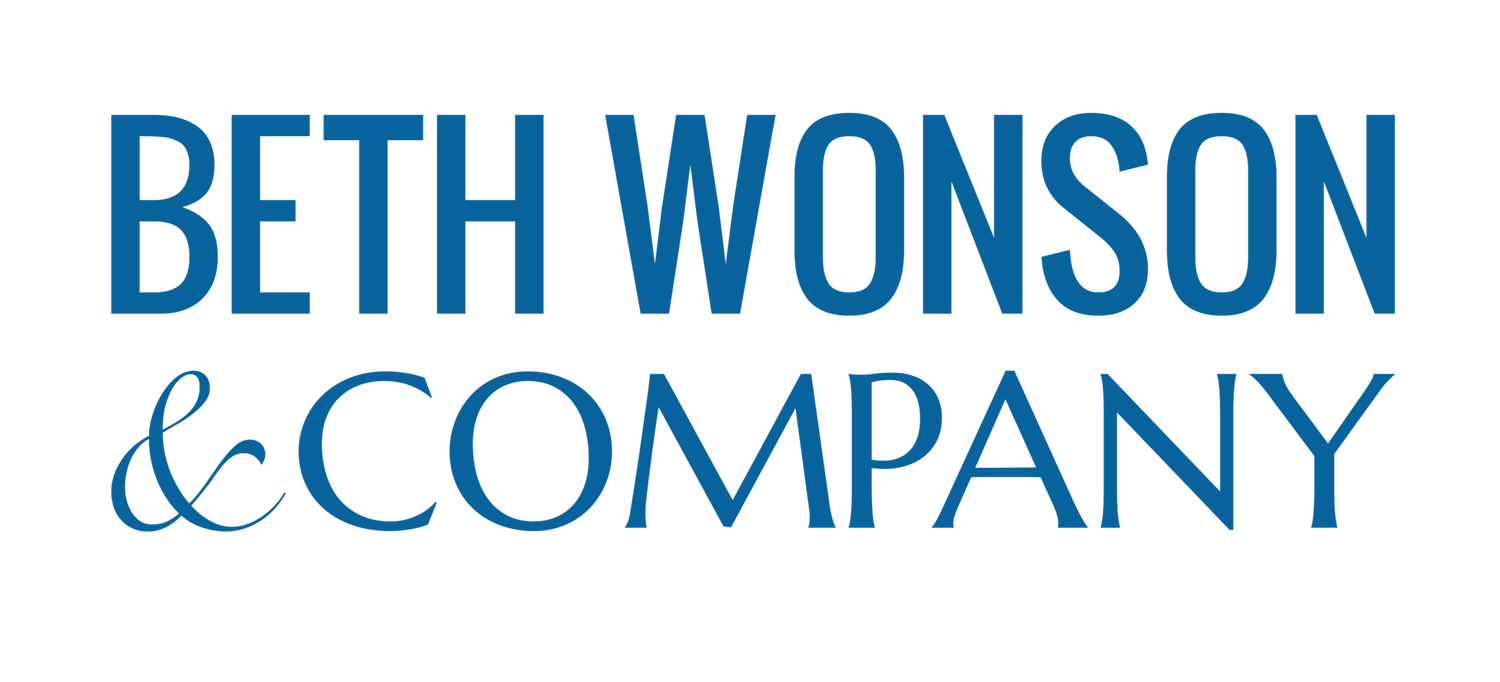Micromanaging is Not a Dirty Word
Whenever clients use the word “micromanaging”, they almost spit the word out as if it was venom in their mouth.
Micromanaging itself is not a bad thing.
In fact, it has very appropriate applications. Micromanaging turns problematic when it is used to comfort the supervisor rather than develop the employee.
An early mentor of mine, Cindy Simpson, taught me a tool called the “Control to Empowerment Scale”. In her application, the tool was used to help youth who were struggling with behaviors that made it difficult to function in society. The fundamental purpose and application also pertains to how we develop and empower employees to use their unique strengths, talents, and expertise to help move the organization forward.
Essentially, Control to Empowerment Scale (CES) is a process which allows employees to take increasingly more responsibility for their role in helping the organization achieve its goals. When this process is used, managers and leaders are able to eventually turn their attention to their own work (strategy, coaching, and – yes – micromanaging where appropriate).
When Micromanaging Is Appropriate
An employee is new.
You would not say to a brand new employee, “Have at it. Use your unique strengths and talents and take over payroll!” The CES process reminds you to have a defined period of teaching the skills, policies, and procedures of the organization step-by-step, in essence, healthy micromanaging. Then, as the employee gains skills and increases confidence, you begin to only periodically check on progress while still giving feedback.
It is important that you develop and communicate specific benchmarks of achievement and performance which will then allow you to exert less control while the employee takes on more.
An employee is struggling and needs remediation.
Years ago a friend’s son made a million dollar mistake with a client’s account. He had been at this financial agency for a few years when the mistake occurred. He was not fired. Instead, he was put under supervision and his work checked for a period of time. In other words, he was micromanaged to evaluate where else there may be gaps in his expertise. As he passed each benchmark exhibiting error free work, he was given more freedom and the micromanaging was loosened.
A high stakes, high profile project.
Despite the skills and expertise of an individual team member, sometimes there are projects that are so high profile and important that having another set of eyes and ears is critical. This type of micromanaging is a way to support your employee so that they don’t feel vulnerable and out on a limb.
Leveling Up.
One way to help employees grow and develop is to give them new assignments so they learn new skills. In doing so, it is important that you provide guidance, mentoring, and coaching to set them up for success, which is a form of micromanaging.
Many of these actions and interventions can be interpreted by an employee as negative micromanaging. They may perceive that you don’t trust them.
That is why it is important that you are transparent and share why you are micromanaging. And clearly define the completed benchmarks and criteria that will indicate that they are ready to operate more independently.
Control to Empowerment Scale
We recommend using the simple scale below to talk directly with the employee about what the benchmarks are on the pathway from control to empowerment.
Each number on the Scale represents a benchmark in the process. Being transparent in communicating the details of each benchmark and how to measure them empowers the employee to also measure their progress and know what they are striving towards.
For example, the benchmarks for measuring growth in accounting skills may look like this:
0: Observe another person entering payroll for 2 pay periods and take the online tutorial.
1: Enter payroll while another person is observing for 2 pay periods (with zero mistakes).
2: Enter payroll independently for 2 pay periods (with zero mistakes).
3: Enter payroll for a holiday period (with zero mistakes).
4: Enter new employee data with another person observing.
5: Run all month-end, quarterly, and year-end reports independently and on time.
6: Manage all aspects of payroll independently.
It is not uncommon for someone to get stuck on a benchmark for a bit longer than we’d hoped. Everyone learns and grows at different paces. However, using a tool like this gives you a framework from which to provide coaching. This empowers the employee to reflect on where they are struggling and what resources they may need to move forward.
When used appropriately, micromanaging has an important role in the training of new employees, providing a solid foundation so they can become empowered, and contributing to a high performing team. It is when managers and leaders depend on micromanaging to try and alleviate their own fears and insecurities that the tool is misused.
How are you using the tool of micromanaging to help grow and develop your own teams and staff?
